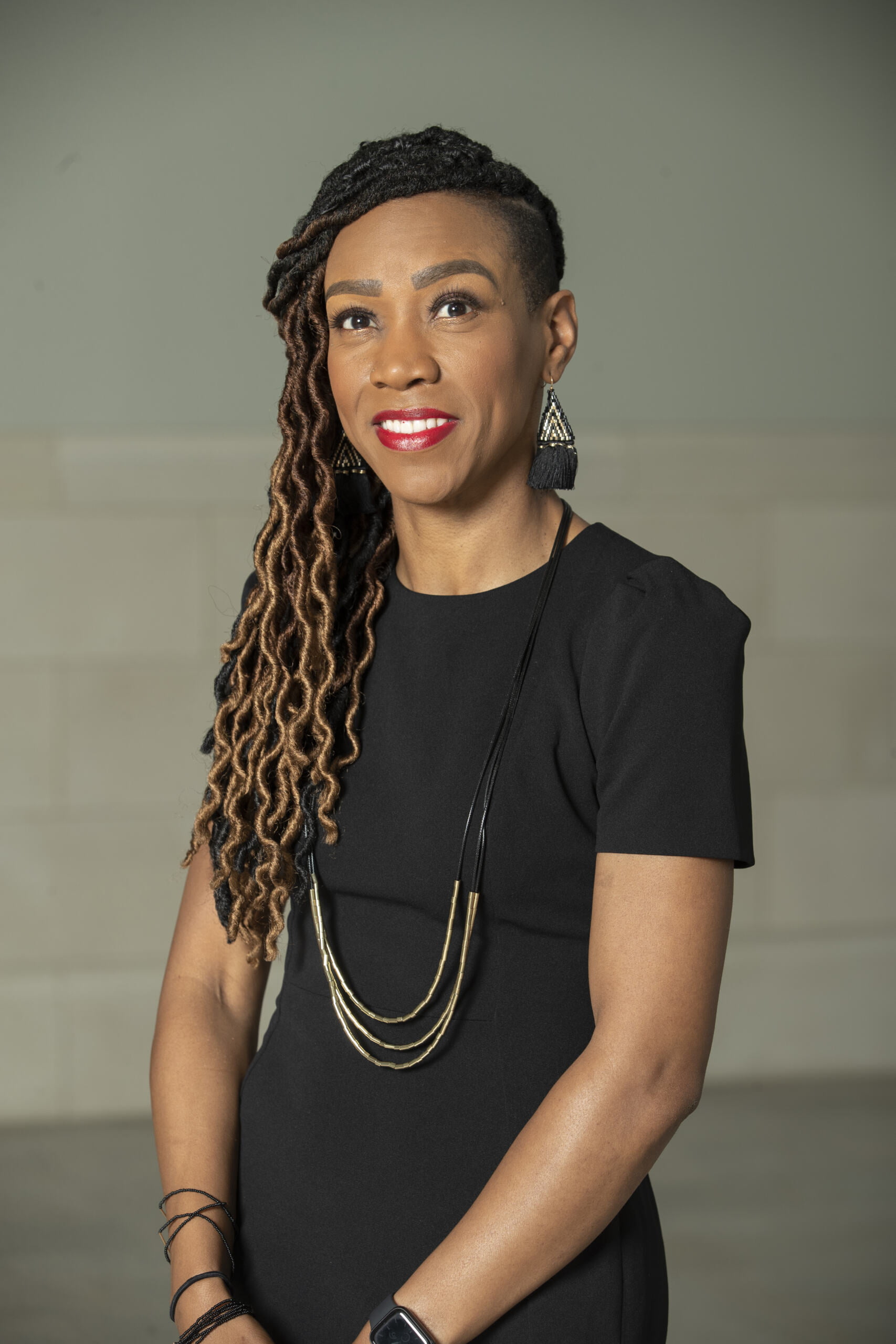Post-racial. The word causes angst and anxiety.
“Race is not behind us,” some say, because we continue to judge persons based on their external appearance.
But – not only that.
Based on physical characteristics and traits, we have created a system of rewards and punishments.
It is a privilege to be socially colored white and it is a problem to be socially colored black and most any other skin “color,” as Booker T. Washington, W.E.B. DuBois and others observed in their 1903 book, “The Negro Problem: A Series of Articles by Representative American Negroes of Today.”
More than a word, the social construct of race creates a way of being and seeing others in the world.
Race is about what we have agreed to concerning ourselves and others, what we accept as determining our meaning and treatment, how we will involve ourselves in our communities and country.
More than a word, race represents a covenant. It includes an experience, good and bad treatment based on the category that we fall into. And it has been divinely sanctioned by the church in America.
We have given it sacred rights and privileges, a place of honor in our fellowship. The social construct of race tells us who belongs in the body of Christ and it is not a matter of profession of faith but our acceptance of them.
And since we cannot see their hearts (see 1 Samuel 16:7), we look at their bodies to determine their membership.
And if we are to talk about Christian community in America, we must begin with slavery.
The institution of American slavery not only built the nation’s wealth but also raided the Bible of verses that would be twisted to support the kidnapping and enslavement of African people.
Denominations were created and formed around the issue of slavery and the practice of prejudice, segregation and stereotyping.
Churches took sides during the Civil War and named their buildings after the cause and its leaders.
Historically, the church in North America has employed the social construct of race to support its oppressive regime.
Korie L. Edwards, in her book, “The Elusive Dream: The Power of Race in Interracial Churches,” would also remind us, “Historically, Christians and Christian organizations were complicit in the establishment of slavery.”
Enslavers used the Bible to divinize their treatment of African slaves and to re-create the body of Christ as socially colored white.
Therefore, the good news of Jesus Christ included the dominion of European Americans and the divine approval of white privilege.
Race had not only created colored people, but also colored theologies. God became a colored Person and/or white Person.
The church in North America approved, endorsed and included the subjugation and segregation of African and later African-American bodies in their understanding of theology, as well as their practice of segregated worship, discipleship and fellowship.
Society dictated the meaning, value and purpose of African people, and the church in America wrongly used Scripture to support this system of dehumanization.
Church leaders believed that enslaved Africans did not have a soul, which demonized bodies socially colored black and divinized bodies socially colored white.
Leaders then went so far as to create separate churches, the white church and the black church.
This historic departure from central tenets of the Christian faith and the resultant hypocrisy have long been evident to persons of African descent and those who would oppress them.
Frederick Douglass observed the difference saying, “Between the Christianity of this land and the Christianity of Christ, I recognize the widest possible difference.”
Winthrop Jordan in his book, “The White Man’s Burden: Historical Origins of Racism in the United States,” says, “After about 1680, … a new term of self- identification appeared – white.”
In fact, Du Bois said, “The discovery of personal whiteness among the world’s people is a very modern thing” in his book, “Darkwater: Voices From Within The Veil.”
It was a way to separate slave from master and later citizen from alien and today, innocent from guilty.
It is no different than the Greeks attempt to separate the barbaric from the civilized. The church now uses it to distinguish between the people of God and the heathen. It is no wonder then that persons would work toward it.
David Roediger records the journey of this social transformation in his book, “Working Toward Whiteness: How America’s Immigrants Became White: The Strange Journey from Ellis Island to the Suburbs.”
There is only one way to be an American and that was to become white. Roediger records the realities of those who were “not-yet-white,” “conditionally white,” “situationally white” and “not quite white.”
“New immigrants often existed between nonwhiteness and full inclusion as whites, not just between black and white,” described as a kind of “inbetweenness.”
Clearly, this was not about color but inclusion, membership and belonging. White was just the name of the club.
James Baldwin witnessed their change, writing in 1971, “I had my fill of seeing people come down the gangplank on Wednesday, let us say, speaking not a word of English, and by Friday discovering that I was working for them and they calling me nigger like everybody else. So that the Italian adventure or even the Jewish adventure, however grim, is distinguished from my own adventure.”
Roediger quotes poet Diane di Prima who said, “This pseudo ‘white’ identity … was not something that just fell on us out of the blue, but something that many Italian Americans grabbed with both hands. Many felt that their culture, language, food, songs, music, identity was a small price to pay for entering the American mainstream. Or they thought, as my parents probably did, that they could keep these good Italian things in private and become ‘white’ in public.”
On the altar of race is sacrificed our real selves, our inherent relationships with each other and our natural connection to God. We deny ourselves to pick up the privileges of race. This is our reasonable service (see Romans 12:1).
Editor’s note: This is the first of a two-part series. Part two is available here. This article is adapted from a paper presented to the Baptist World Alliance’s Commission on Racial and Gender Justice during BWA’s 2018 annual gathering (July 1-7, 2018, in Zurich, Switzerland).
Director of The Raceless Gospel Initiative, an associate editor, host of the Good Faith Media podcast, “The Raceless Gospel” and author of Take Me to the Water: The Raceless Gospel as Baptismal Pedagogy for a Desegregated Church.


